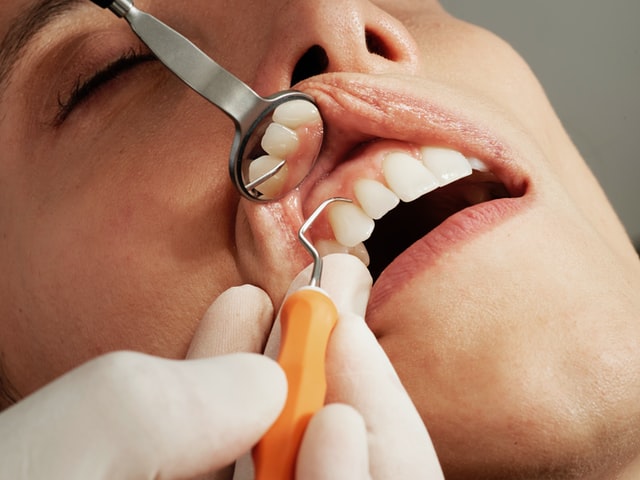Braces are a common orthodontic treatment used to straighten and align teeth for a more aesthetically pleasing smile. They are also used to correct bite issues, such as overbite, underbite, and crossbite, which can affect the functionality and health of the teeth and jaw. Braces consist of metal brackets that are bonded to the teeth and connected by wires and elastic bands that apply gentle pressure to move the teeth into the desired position.
While braces are often associated with teenagers, more and more adults are opting for orthodontic treatment to improve their smiles. Advances in orthodontic technology have made braces more comfortable and effective than ever before. In this article, we will explore the different types of braces available, how they work, and what to expect during treatment.
Types of Braces
There are several types of braces available to suit different needs and preferences. Traditional metal braces are the most common type and are made of high-grade stainless steel. Ceramic braces are another option, which are less noticeable as they blend in with the natural color of teeth. Lingual braces are placed on the back of the teeth, making them completely hidden from view. For those looking for a more discreet option, braces provide a nearly invisible way to straighten teeth without the use of brackets and wires.

Benefits of Braces
Braces offer numerous benefits beyond simply improving the appearance of one’s smile. They can correct bite issues that may cause discomfort or affect oral function, such as difficulty chewing or speaking. By properly aligning the teeth, braces can also help prevent problems like tooth decay, gum disease, and jaw pain in the long run. Additionally, a straighter smile can boost confidence and self-esteem, leading to improved overall well-being and quality of life.
Overall, braces are a versatile and effective orthodontic treatment that can benefit individuals of all ages. Whether you opt for traditional metal braces or more discreet options like ceramic or lingual braces, the end result is a healthier, more confident smile. By addressing bite issues and improving the alignment of your teeth, braces can not only enhance your appearance but also improve your overall oral health and quality of life. So, if you’re considering braces, know that you’re making an investment in your long-term well-being and smile with lasting benefits.




